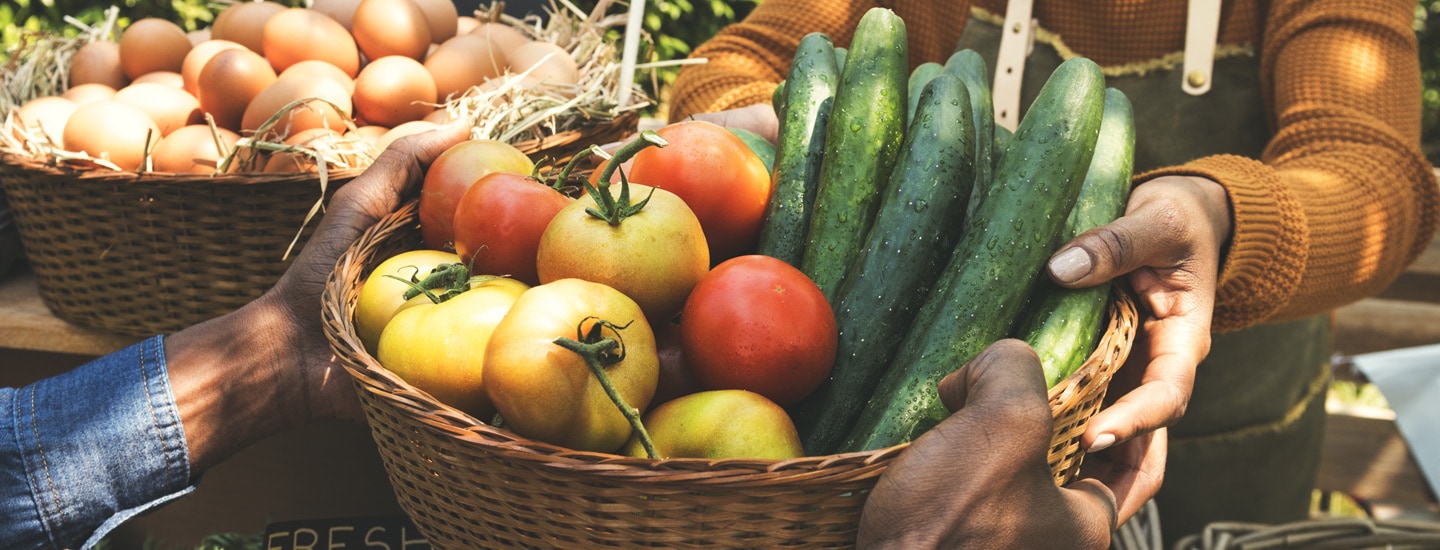
Feeding Florida is redoubling its efforts to get food on the tables of the people who hardest hit by the coronavirus pandemic.
The group said its 12 member food banks are working alongside state partners and local agencies to provide meals to Floridians and set up mobile distribution sites at schools and other locations.
“Our network has adapted to this public health crisis swiftly and expertly, thanks to the experience our food banks have in responding to natural disasters,” Robin Safley, Executive Director of Feeding Florida, said in a news release.
“As Florida’s only statewide hunger relief organization, our food banks feed approximately 300,000 people each day under normal circumstances and currently our network has already seen a 30% increase in demand during this critical time.
“As the situation continues to unfold, our network is committed to ensuring all food bank pantries remain stocked and every community has the food they need. We are grateful to be working with the State Emergency Operations Center and appreciate the support they provide as we navigate these everchanging circumstances one day at a time.”
Feeding Florida provided a detailed list of how its food banks are addressing the challenges brought by COVID-19:
— Rearranging assets to support social distancing guidelines for food distribution.
— Working with the K-12 school system to ensure families and students have the food they need.
— Working closely with the Florida Department of Agriculture and Consumer Services on Federal Waivers that assist in deploying federal food programs during this emergency.
— Working with the Florida Department of Children and Families and Florida Department of Elder Affairs to ensure that Florida’s most vulnerable have access to nutritious food.
— Partnering with the Florida Fruit and Vegetable Association to support the agricultural community during this event as retail and service industry channels shift.
— Organizing all food supply/distribution into boxes and bags to limit the spread of COVID-19.
— Preparing and moving more than 204,000 meals ready to eat (MRE’s) for distribution, including special low sodium packages for senior citizens who require such accommodations.
— Increasing partnerships with local agencies to serve a larger population, while also vetting them to ensure best food safety practices.
— Partnering with local farmers to provide families with mixed fruits and vegetables.
The organization said it expects more families to turn to them for help as the coronacrisis continues and encouraged those who are in a position to help others to donate food, time or money so the operation can handle the increased load.



One comment
Genise washington
April 9, 2020 at 3:42 pm
What do I need to do to get food delivered to me for my family because me and my family is in need of food plus more can you help us please
Comments are closed.